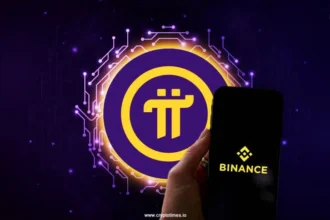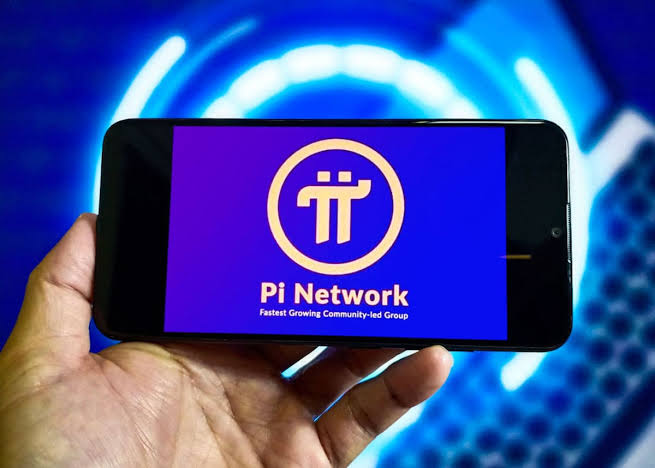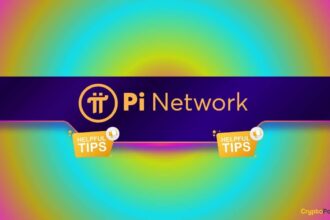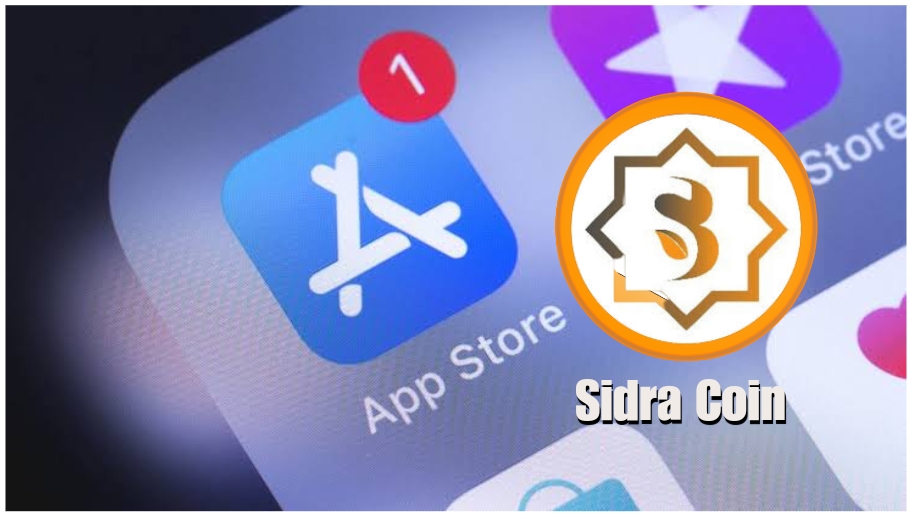Following up on the previous blog post on the hackathon, the Core Team are presenting the winning teams and their Pi app creations today.
1/2
The @PiCoreTeam is presenting the winning Pi application projects from recent hackathons held at top universities! Projects include games, health apps, NFT apps, apps with environmental impact, and more. . .
Read the original text⬇️https://t.co/QaHaj7E99V pic.twitter.com/7HtRpVG8Lb
— Pi News (@PiNewsMedia) November 19, 2022
The top students who participated in HackHarvard, BigRed/Hacks, and CalHacks had the chance to use Pi’s technology and receive one-on-one instruction from the Pi Core Team. These student programmers showcased the innovative prototypes that can be created in just a weekend by utilizing the developer tools and user-friendly platform of the Raspberry Pi.
These many initiatives point to the possibility of many more Pi Network-based products and use cases that could gain from blockchain integration. One of Pi’s goals is to expand the range of Web3 applications and the possibilities for everyday use of blockchain-based services. The Core Team stated;
“We’ll present the winners from each of the three hackathons we attended today. These projects were only constructed over the course of one weekend and are now only prototypes, but the teams stood out for their creative concepts and inventive applications of Pi in their apps. We are delighted that a significant number of these hackathon participants, including several of the teams listed below, have expressed an interest in and an ambition to continue developing their Pi apps. In order to help these budding developers become fully-fledged Pi apps, we also continues to provide technical and creative guidance.”
Successful Teams
Pi Network chose one excellent winning team at each hackathon, and we are thrilled to share their projects with you as follows:
1. Sus Drones was the HackHarvard winner
The winning team at HackHarvard concentrated their efforts on developing a drone system that promotes sustainability. The Sus Drones project, headed by Akshay Kumar, Garv Jasuja, Vijay Bhaskar Chiluveru, and Muntaser Syed, involves a sensor-equipped drone that can precisely measure the CO2, CH4, and albedo (sun reflectiveness) of the soil beneath it to better map environmental parameters.

Sus Drones can determine the carbon emissions of a farm or any other land mass using this data, and can then sell the related carbon credits on Pi Network. Farmers, companies and individuals will be able to see the exact amount of carbon emissions on their land, and use the Pi Network platform and Pi coin to purchase or sell their carbon credits.
Why Pi Network? Pi is “an attractive partner because of its influential size and position in Web3,” according to Vijay Bhaskar Chiluveru. The team intended to capitalize on “the clear audience and users that are already there—plus the ease of use was important given we didn’t know much about blockchain,” said team member Akshay Kumar.
With our user-friendly coding environment, Pi Network is pleased to simplify complicated projects. Innovation shouldn’t be hindered by blockchain, and we’re eager to see Sus Drones’ initiative advance.
2. NFTree won Cornell BigRed/Hacks.
The winning team at BigRed/Hacks, NFTree, which was developed by Atiksh Bhardwaj, Collin Li, Owen Oertell, and iga Kovai, was another project with a sustainability focus.

A Pi Network-based NTF project called NFTree aims to finance and promote tree planting all around the world. According to NFTree’s vision, each NFTree stands in for a genuine, individual tree, and users can trade these tokens using the Pi cryptocurrency. The type of tree, location, age, and environmental and climatic characteristics are all taken into account by NFTree’s unique algorithm to give customers an estimate of the real tree’s health and value. As team member Owen Oertell noted:
“our project was focused on sustainability, and Pi’s platform is eco-friendly therefore we wanted to build on a platform that coincided with our ideals.”
Pi Network and NFTree had some obvious synergies.
“We’re interested to see how far this initiative may go in giving communities and individuals the ability to take actual action virtually.”
3. CalHacks Winner: Sparkle
At CalHacks, in a competitive field of about 2,000 hackers, Sparkle stood out as an entertaining gaming app with an in-game NFT component that integrates seamlessly with Pi cryptocurrency. Sparkle team members Aidana Mustafina, Arububim Roman, Merxon Yuan and Godson Ajodo created a way to engage and entertain our user base of 35M+ active users with a simple core product which can expand over time.

In Sparkle, users play an idle game with the goal of growing their “Sparkle”, and unlocking new levels as they reach certain achievements. Players can then use Pi coins to purchase in-game NFTs, each of which can add new bonuses or capabilities to their gameplay. And, by putting Sparkle on the Pi ecosystem, players can then later sell these game-changing NFT power ups for Pi to other players.
Godson Ajodo of Team Sparkle gave us insight into their process of developing on Pi:
“At first, we thought creating NFTs and a Pi App would be too complicated. But by the end of the hackathon, we were able to put out a fully functioning prototype, and were amazed by how easily we would get that done in a day and a half”
At Pi, we’re equally impressed and excited to see what the team does next!
U.S. Hackathons Highlight Pi Cryptocurrency’s Utility and Ease Of Use
Pi Network boasts an extremely accessible platform––not only for our members, but also for developers around the world who’d like to build on it.
The developers behind Sparkle, Sus Drones and NFTree took advantage of Pi’s accessible technology; developers don’t need any prior crypto or blockchain experience- the simple steps to building a Pi App are:
- Build a web app,
- Add the Pi JavaScript library, and
- Make API calls.
These hackers were able to produce the first stages of some incredible projects in the span of one weekend, offering a proven case study of success we hope other developers can draw inspiration from.
Beyond these winners, other impressive projects integrated Pi’s technologies over the course of the hackathons which deserve honorable mentions. These include Instafit (a healthcare and fitness app), Pi Bakery (a marketplace), and Craft Pi (an ed-tech app).
With so many relevant and varied projects created over the weekend, hackers highlighted both the range of use cases for the Pi community as well as apps that can benefit from developing on Pi Network.
As these hackathons have shown, building on the Pi platform is elegant and easy, and a great way to gain immediate access to an engaged user base of over 35 million members. Developers on Pi Network can make use of simple payments and user authentication integrations, low transaction fees, environmentally friendly protocol, and seamless UX to create best-in-class apps and utilities for millions of verified global community members.
The best part? With Pi’s easy and compatible platform, there’s no need for specialized languages or blockchain-specific experience to develop on Pi Network.
Pioneers, if you’d like to join the fun and build an app on Pi, become a Pi app developer at the Pi Developer Portal and program in your favorite Javascript-compatible language. If you do not know how to program yourself but are enthusiastic about contributing to the Pi ecosystem, collaborate with or introduce Pi platform to your developer friends to build utility-based Pi apps. (Note that this link can only be accessed on the Pi Browser, the home to Pi’s mobile ecosystem. See the Pi Developer github here for more details on how to develop.)















